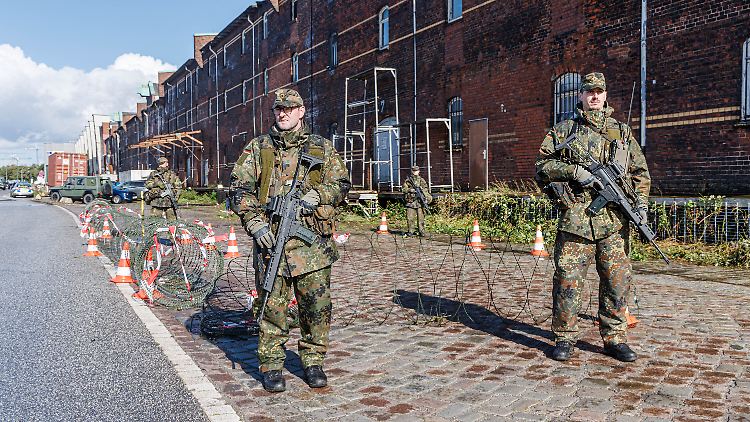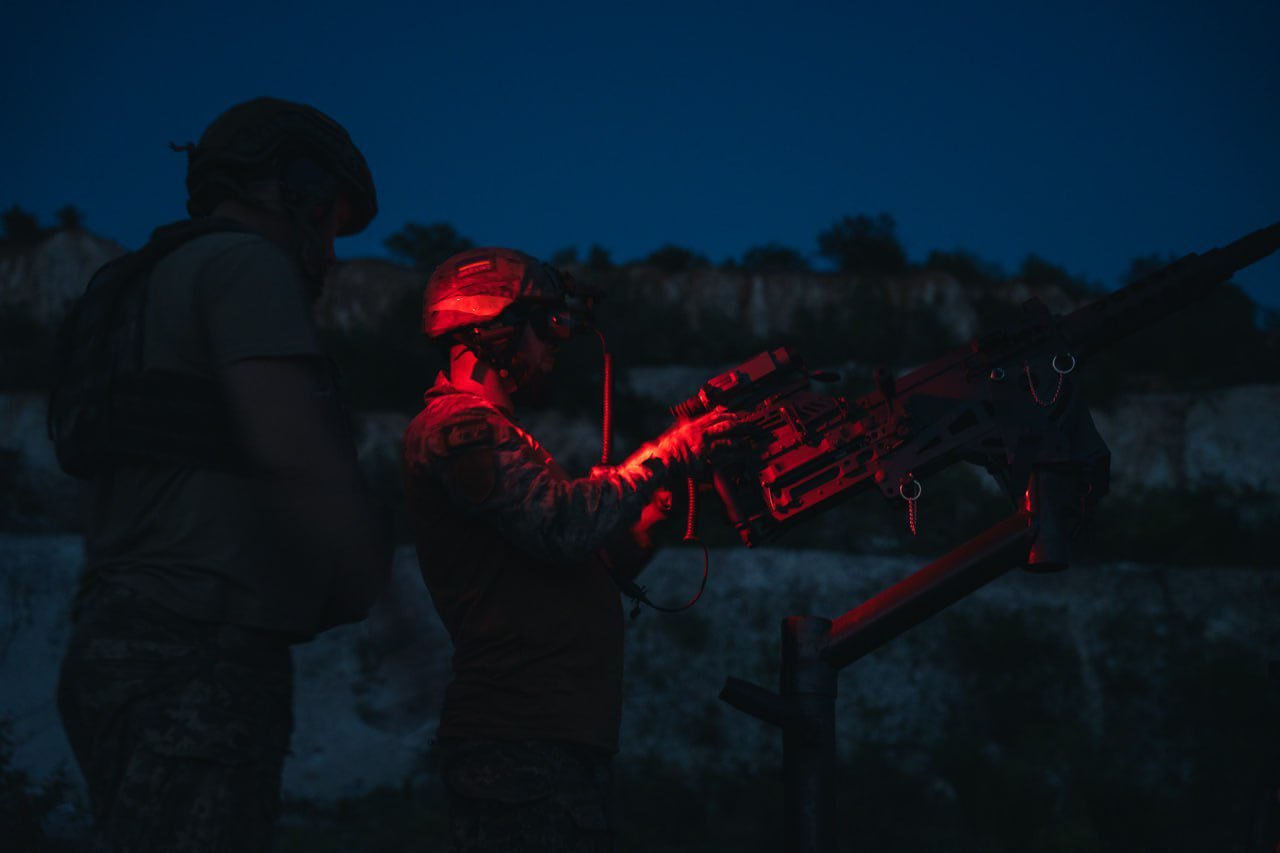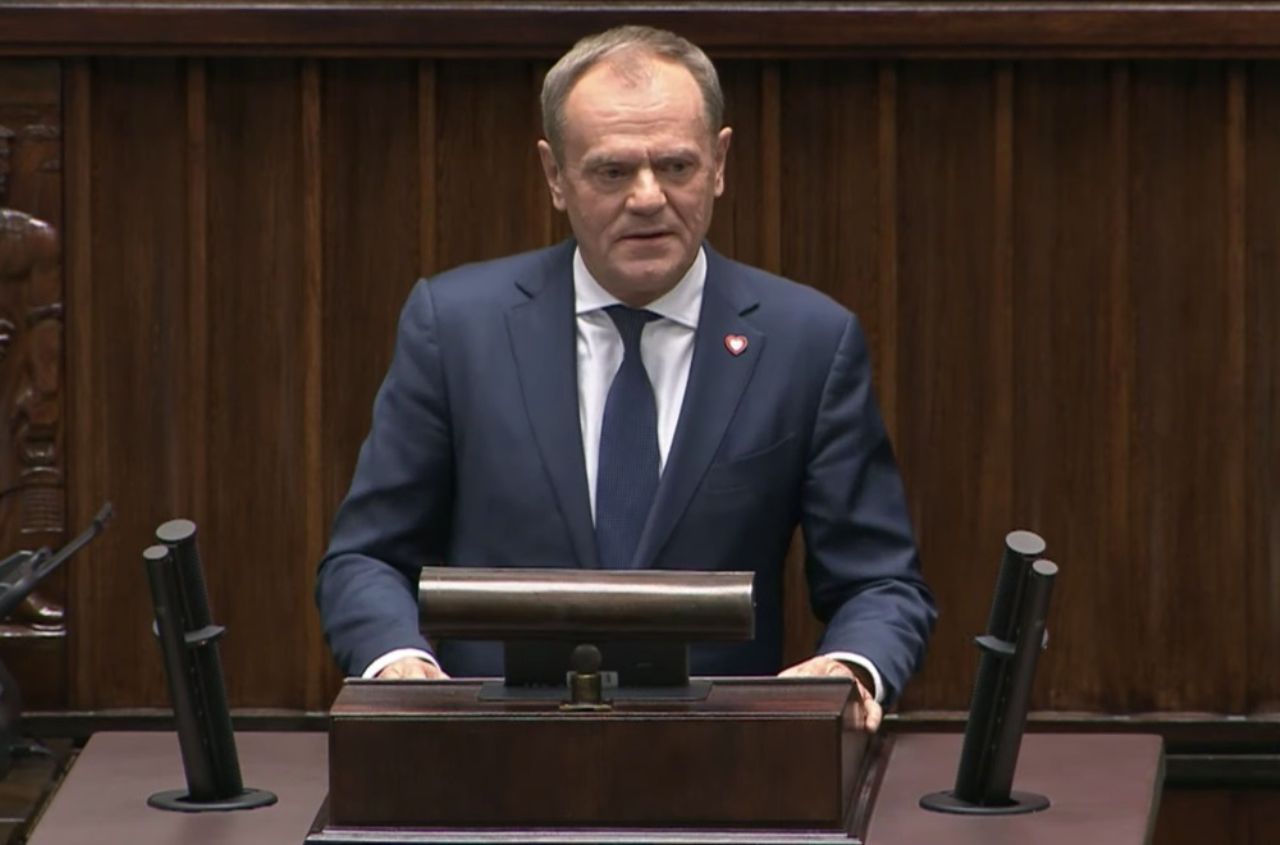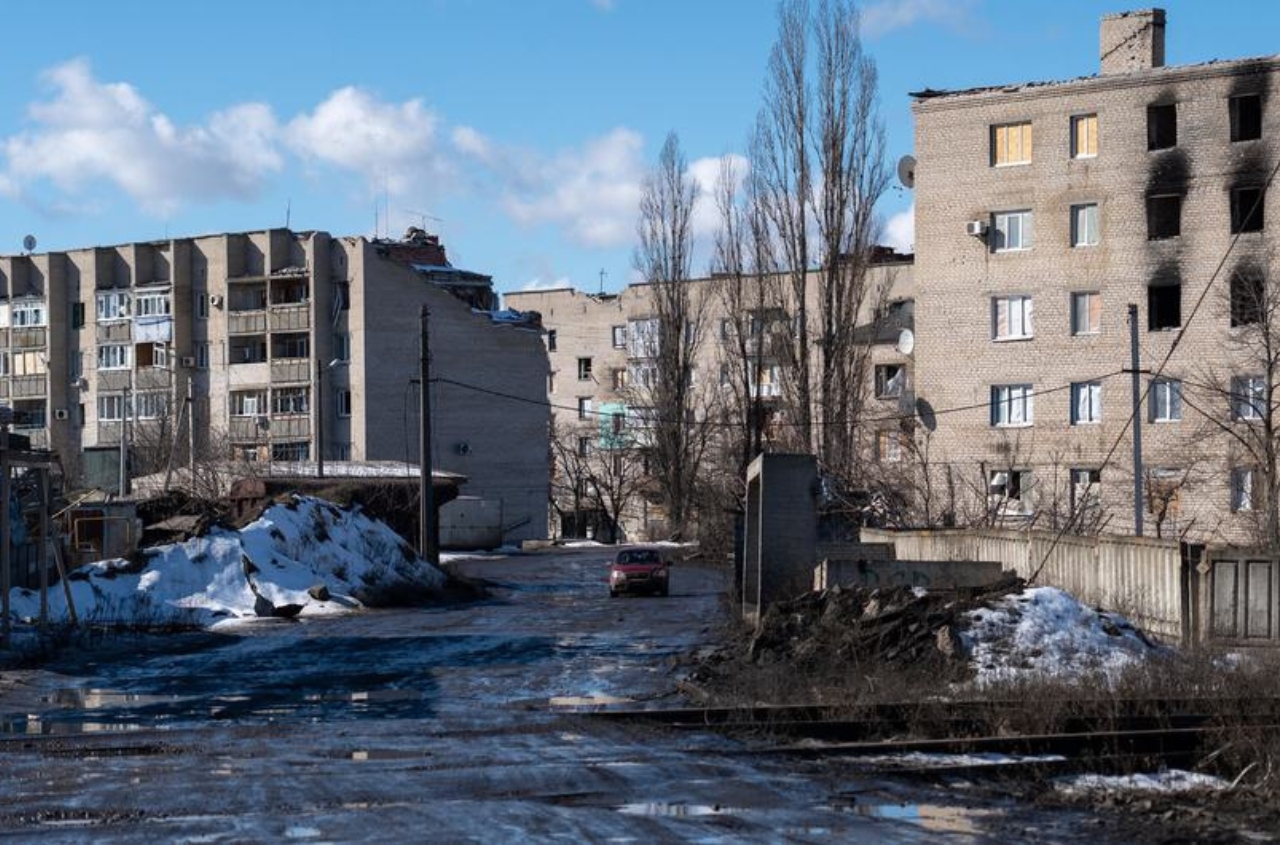Photos by Bundeswehr / Heidtmann
In September, large-scale exercises will be held in Hamburg, Germany, where the Bundeswehr will simulate the transfer of NATO troops to the east in the event of a Russian attack, as reported by n-tv.
Hamburg, with its strategic port, is considered a key transit point for allied forces. The exercises, codenamed "Red Storm Bravo," will focus on troop movements through the city, helicopter use, medical aid, casualty evacuation, and other logistical elements. The activities will take place both day and night.

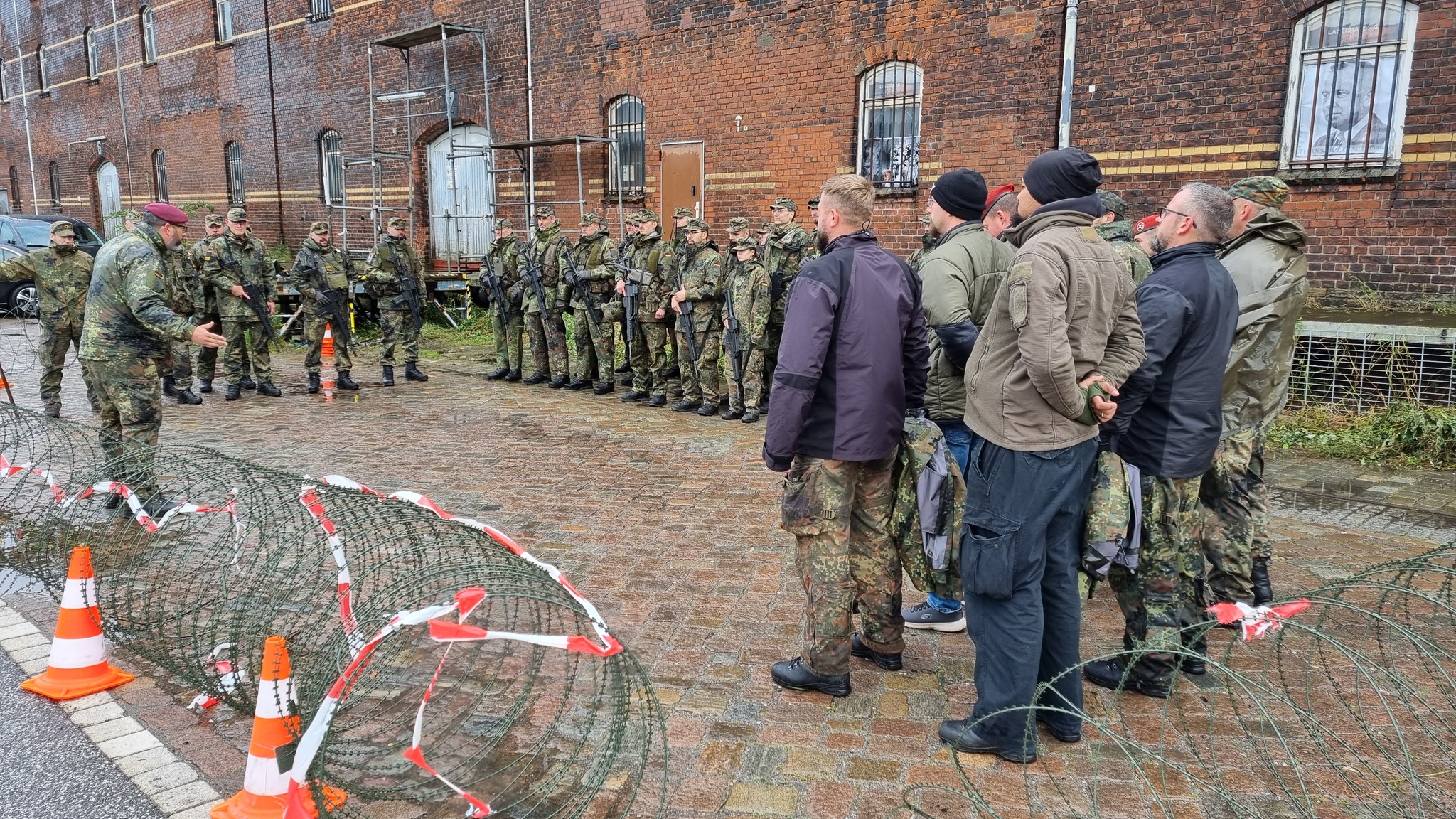
The scenario assumes that Russia attacks Western countries, and NATO must quickly relocate troops from Western Europe to the East. As Captain Kurt Leonards of the Hanseatic city explained, this reflects a shift in defense strategy: while during the Cold War Germany was considered a combat zone, now it plays the role of a platform for deploying NATO forces.
The exercises are conducted in active cooperation with civilian authorities. Not only military actions but also logistics will be practiced, including organizing transportation by rail, road, and air, supply of troops, and securing convoy routes.
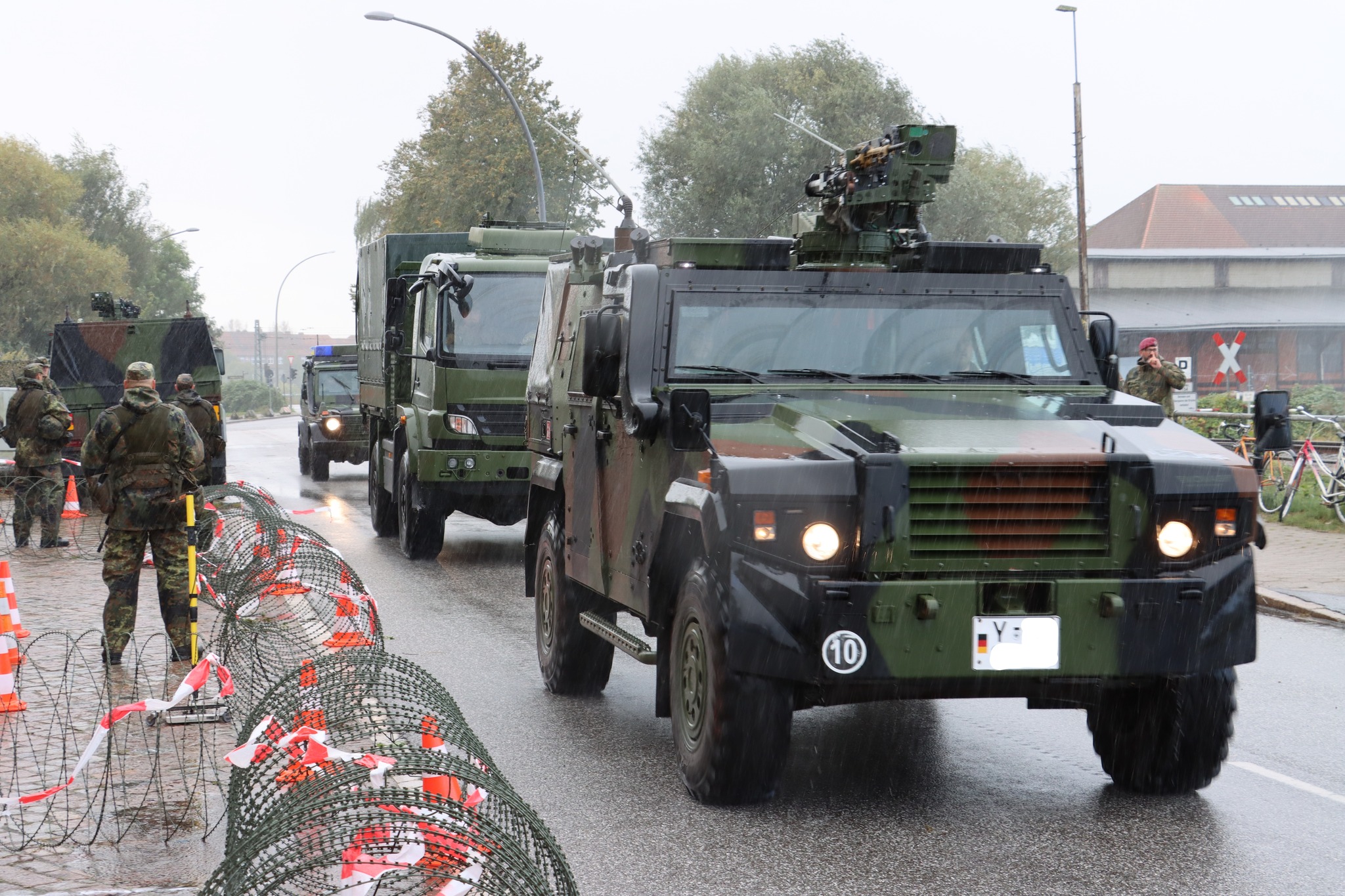
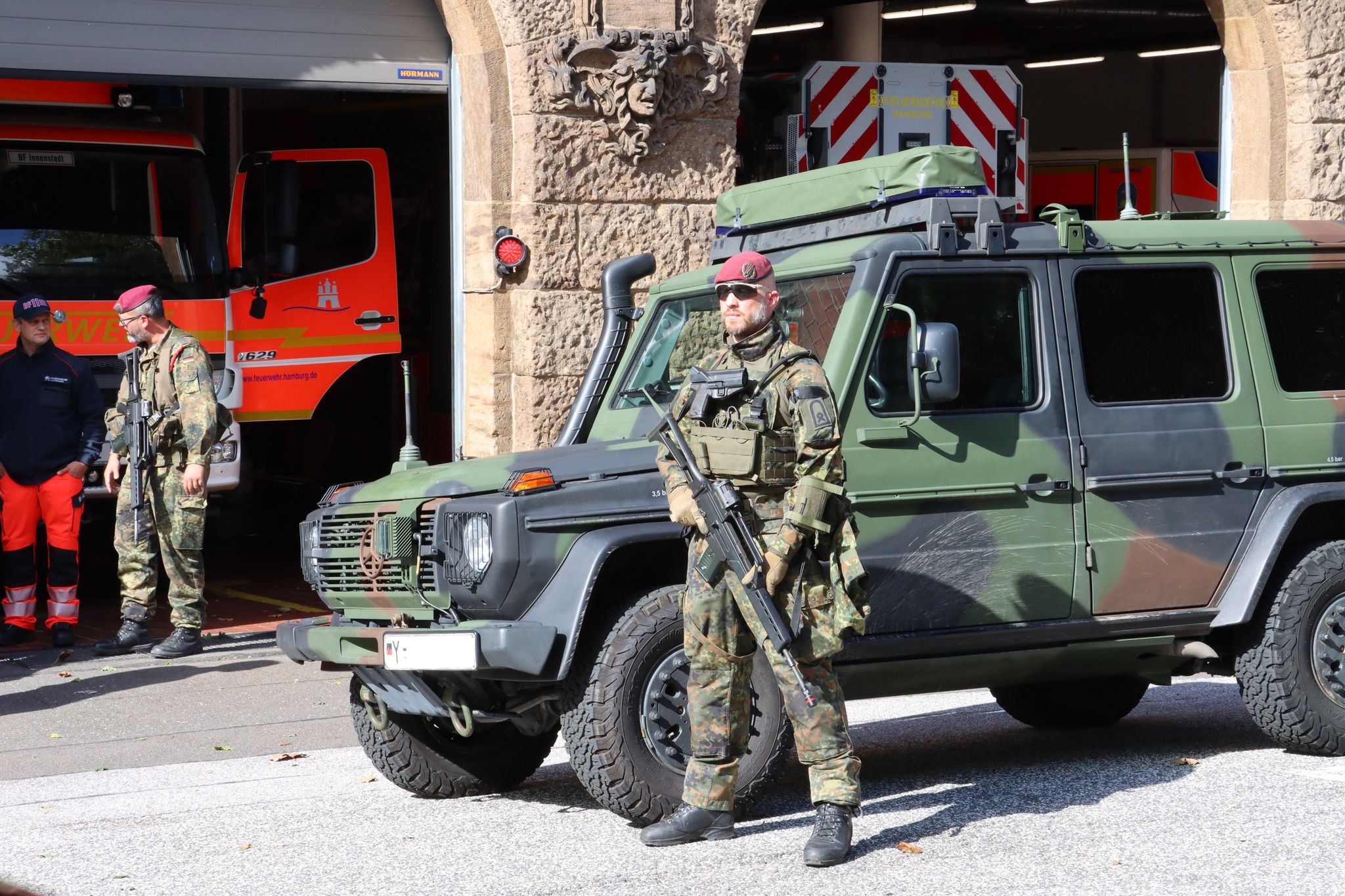
Following the "Red Storm Alpha" exercises in 2024, the German military concluded that conventional warfare in Europe could again become a possibility within the next five years. It was emphasized that only coordinated actions by allies and the ability to quickly deploy troops could hold off the threat.
Germany, centrally located in Europe, serves as a logistics hub for the entire alliance. This is why the exercises place special emphasis on ensuring supply, communication, and the protection of deployment routes.
After last year’s "Red Storm Alpha" operation, the Bundeswehr noted that the goals were successfully achieved. Lieutenant Colonel Jörn Plischke, Chief of Staff, stated that the training objectives were met at both the command and internal defense unit levels.
